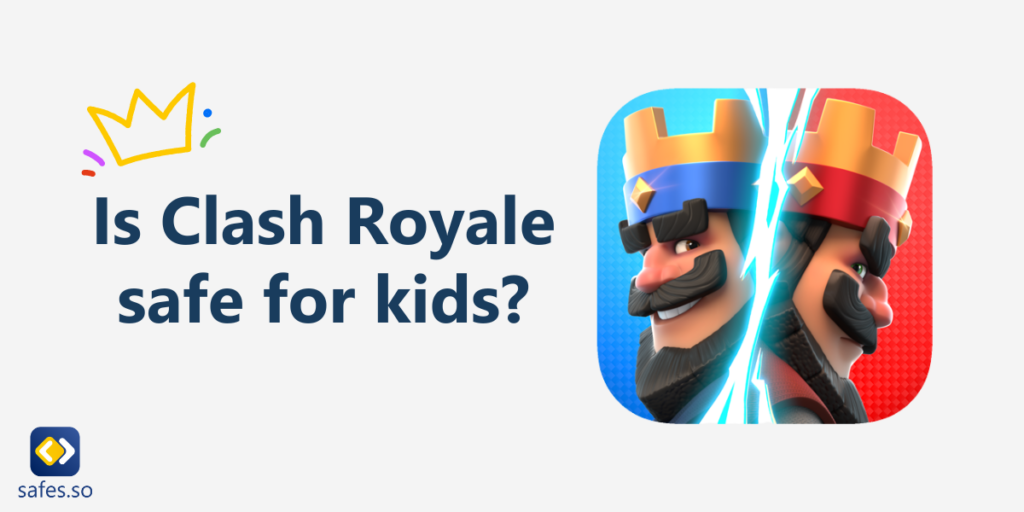Changing our child’s school can be an exciting experience for them but it can also be nerve-wracking. Learning how to move schools with grace is important since as we’ll find out below, it can easily affect academic performance negatively. You might want to change their school for a couple of reasons; maybe you’re moving to a different city, you’re changing your neighborhood, or you’ve just found a new school that you think is a better fit for your child. In any of these cases, there are universal transitions guidelines we’ll explain in this blog post on how to move schools with your child in the best way possible.
Download and Start Your Free Trial of the Safes Parental Control App
-
Assessing the Need for Change
You may sense that something has to change, but before making a decision, make sure you fully comprehend the logic behind your reasons to change schools. If your child’s present school isn’t meeting your needs, you may want to consider switching schools due to a change in residence. Make sure you have a strong reason before making the decision to transfer your child to a new school.
The second step is to communicate your reasons to your child. The moving process becomes a lot smoother if your child understands why they’re moving schools. Also, tell them about the destination school and the school climate there. Explain your reasoning behind choosing that school over their current one. Consider factors like academic reputation, extracurricular activities, and the overall school culture. Visiting the new school and meeting with teachers and administrators can inform your decision.
-
Timing is Key
The optimal school move is at the end of a school year. If not possible, then at the end of a semester. Using natural breaks in the academic calendar can help smooth the transition to a new learning environment.
It’s crucial that you notify your child’s present school as soon as possible so that teachers have enough time to transfer paperwork, create academic records, and make any required suggestions. Maintaining open lines of contact with the present school will help to create a cooperative environment and facilitate a more seamless transfer for all parties. It also helps your child when starting a new school since the educators will know where to start.

-
Facilitating a Smooth Transition
Emotional and pragmatic factors must be taken into account while assisting your child in adjusting to a new school. Arrange a visitation to the new school prior to the formal commencement date. Give your kids a tour of the site, introduce them to important staff members, and give them a chance to meet possible classmates. This pre-transition visit can reduce nervousness and increase comfort level.
If distances make in-person relationships difficult, encourage your child to keep in touch with classmates from their old school via technology. Furthermore, work with the administration of the new school to find buddy or mentoring programs that will help your child adjust to their new environment. Team-building exercises facilitated by the educator can help transition into a new school. This is one way among many to help a child make friends in a new environment.
-
Supporting Academic Continuity
A 2018 study that compared children’s academic achievements to their peers after they had moved schools found that “children who moved home frequently were more likely not to achieve in formal assessments compared with children not moving.”
Give the instructors at the new school pertinent details about your child’s learning preferences, areas of strength, and areas of difficulty to facilitate a seamless academic transfer. Create a customized academic plan in close collaboration with the instructors of the old and new schools that fills in any learning gaps brought on by the migration. Maintaining regular contact with educators will enable you to monitor your child’s development and determine whether they require any extra assistance during this transitional phase.
-
Cultivating a Positive Mindset
Changing schools may be a life-changing event that offers chances for personal development. Urge your kid to see change positively by highlighting the opportunity to meet new friends, try out different extracurricular activities, and expand their horizons at school.
Set an example of resiliency and flexibility for your children, showing them that change can be a positive aspect of life. Maintain a constant channel of contact with your child, answering any worries or difficulties as they come up. You may assist your youngster in embracing the new school with confidence and excitement by encouraging a positive mindset.
Conclusion
Even though moving schools may be a difficult process, parents who plan ahead of time and have open lines of communication with their children can effectively support them in transitioning to a new school. Parents may help their children succeed in their new learning environment and grab new possibilities by assessing the need for change, appropriately organizing the transfer, facilitating a seamless transition, maintaining academic continuity, and cultivating a positive outlook.
Whether your child is a teen refusing to go to school or is an elementary student you want to keep safe, try out Safes. Safes is a parental control app equipped to deal with online and offline threats to your child. Safes is available on multiple platforms including iOS and Android so try it out to keep your kid safe in their new school and sign up for a free trial of Safes to access resources that make the move smoother and ensure your child’s well-being during this change.
Your Child’s Online Safety Starts Here
Every parent today needs a solution to manage screen time and keep their child safe online.
Without the right tools, digital risks and excessive screen time can impact children's well-being. Safes helps parents set healthy boundaries, monitor activity, and protect kids from online dangers—all with an easy-to-use app.
Take control of your child’s digital world. Learn more about Safes or download the app to start your free trial today!




